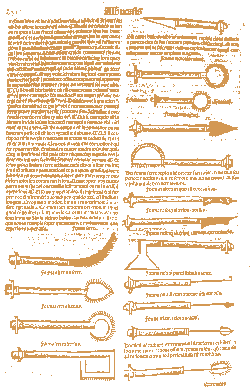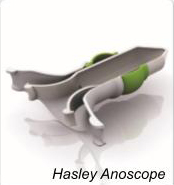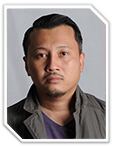The term medical design was vastly used to describe any design activities and outcome dedicated to the medical and healthcare domain. Despite this terminology acceptance through writings and oral usage in the industrial design world (and other design disciplines of course) , it can be divided into several categories. Hospital’s fitting and furniture, hospital support systems, assistive technology, medical tools (including surgical tools), ergonomic for safety and health. It is a huge and interesting domain, nevertheless, this article will explore the area of medical tools innovation as it showed tremendous development throughout the century.
Medical tools are advancements that aid medical experts (doctors, surgeons, nurses, and others) in their daily professional work. Examining, treating, operating, communicating, and training are all part of this process. Other terms for medical instruments include apparatus, equipment, and gadgets, which can be both manually and electronically operated. Although the term 'tool' refers to physical objects, this category also includes healthcare systems. Simulators are another 'tool' used by medical professionals in their work. Within the broad development of the medical and surgical domain, simulators are used in training and showing procedures, as well as sometimes preparing for treatments.
Many medical equipments is derived from the history of modern surgery in Europe. However, there is also relevant information concerning mediaeval surgeons' inventiveness, particularly Ibnu Sina and Al Zahrawi. J.R Kirkup's book contains evidence of prehistoric surgery and surgical implements. Other relevant materials have included C.K Wilbur's catalogue of "antique" medical devices from the Enlightenment era. Elizabeth Bennion’s book also examined the early days of surgery as a profession and identified 'antique' surgical devices.
A Latin translation from the Al Zahrawi’s book, Al Tasrif
Medical experts rely on their equipment, as Roy Porter stated about surgeons, "With the correct tools, they become the master of the operating theatre." Medical tools have always been built with two aspects in mind: the need for and for procedure, as well as the advancement of technology, and they have always contributed to one another. They were built and adapted for doctors in the early days of medical instrument invention. In other words, each doctor had a unique design and set of devices. As surgical procedures became more widespread as a result of training and the advancement of surgery as a respectable profession, surgical equipment design became more standardized.
Medical equipment, to characterize their level of innovativeness, are classified into a few categories, such as simple alteration, revolutionizing tools, and revolutionizing technology or science. From a historical perspective, the discipline of medical innovation has used new insights from the study of technological innovation. Because of their existing responsibilities, medical specialists rarely looked into essential innovation. Despite the significant progress made thus far, current advancements in their domain have received inconsistent backing. The growing variety of specializations in the sector has resulted in a wide range of needs that necessitate the engagement of industrial designers. Hasley Anoscope, for example.

To design for or with the medical experts, one must overcome the ‘standard’s’ challenges and issues. To begin, designers (and possibly engineers) and medical professionals need to have sufficient information and expertise in both fields. This knowledge exchange necessitates the use of effective platforms. Regulations that are complicated, such as clinical testing and ethical approvals, also inhibit these inventive stakeholders. The process of turning the design into a product is time-consuming. Creating something innovative, particularly invasive surgical equipment, will necessitate a highly regulated process and a lengthy expense. Cost is something that most manufacturers want to maintain as low as possible. The key to a successful product is a design that addresses the 'correct' clinical problem while also taking into account the hospital's need to save time and money.
Some medical experts argue that instrument producers exist just to make money, therefore they tend to produce "new" instruments with only minor modifications, such as changing the handle, which makes no difference to the device's use at all. This shows a 'knowledge and understanding' gap between clinical experts and designers (and manufacturers), and it is feasible that closing this gap may result in more helpful product development. A design approach such as participatory design, which emphasizes creative engagement between users and designers as a key premise, may of

|
Ts. Dr. Saiful Hasley Ramli
Senior Lecturer,
Faculty of Design and Architecture,
Universiti Putra Malaysia
|
Date of Input: 19/11/2021 | Updated: 19/11/2021 | arizy
MEDIA SHARING































